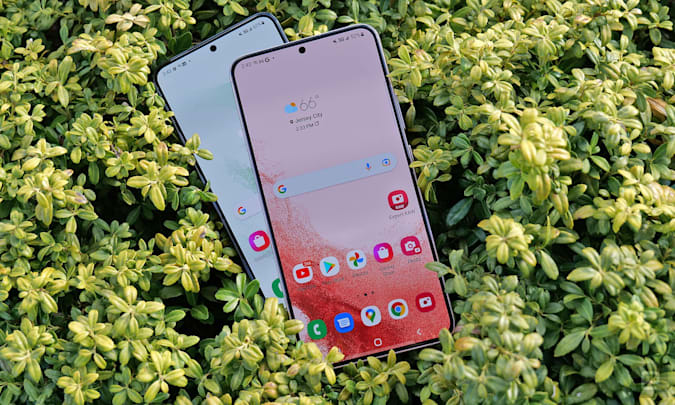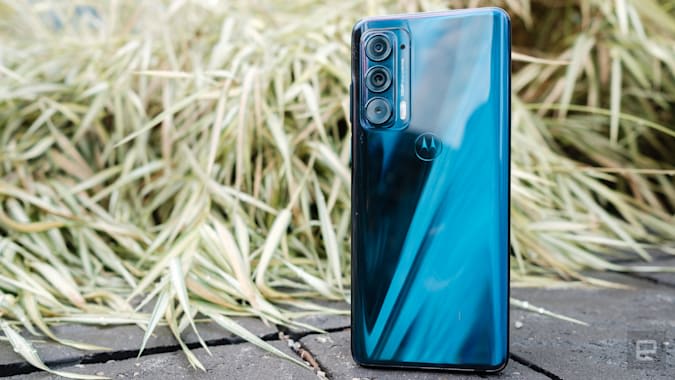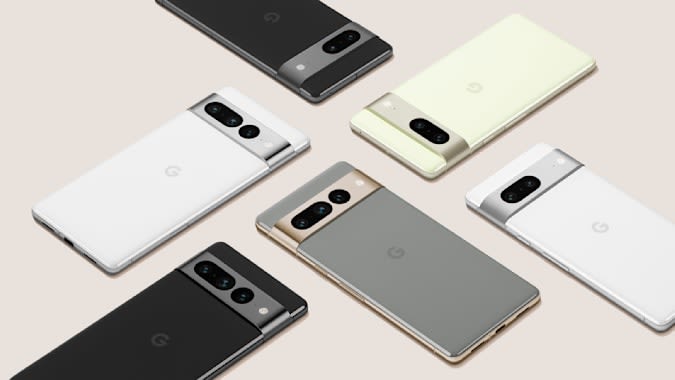
Google was disappointed if they were hoping for a major Android upgrade to tackle the deep-seated problem, at least based on the details shared so far. The company didn’t spend too much time discussing Android 13, and most of the updates announced were known, minor, or both. They were primarily defined by media and privacy management. you. Unless otherwise, the as-is release is not a revelation. You may not have seen all the features of Android 13 yet, but there are already some really useful improvements (for example, the status quo remains almost unchanged).
And that’s a shame. Android is a very good platform and has some great hardware to match it, but there is more than one device that consistently and successfully nails the whole experience. If you buy a powerful phone, you’ll probably be plagued by quirky software. When you get your dream Android variant, you may have to put up with a mediocre camera or chip. It’s time for Google and the manufacturer to work together to create a device that is easier to recommend to others.
Software: Too much or not enough?
Sam Rutherford / Engadget
To be fair, Google is only partially responsible for the current situation. The great thing about Android is that vendors may be able to add their own spins. Google’s uniformly created experience beats the points.
However, the company still plays an important role, and it is becoming increasingly clear that more can be done. With a “pure” or another phone, you’ll find that the stock OS is visually cohesive and fluffy, yet relatively minimal. You won’t get advanced camera apps, extensive media integration, special browser features, or other clever tricks that are common with customized Android experiences. Polishing isn’t always there — just. Apple has had a share of dangerous updates over the past few years, but it seems that Google has resolved the occasional glitch.
You can install and embody apps, launchers, and other utilities, but that’s not practical for some users. You won’t give the Pixel to beginners or anyone who needs powerful out-of-the-box features. Google can improve its capabilities and quality to compete more directly with its partners beyond the usual handful (usually) temporary Pixel monopoly. The company has recently shifted to removing regular features rather than huge OS revisions, but Android 13 is still a bit disappointing in this regard.
It’s not about off-hooking those partners. Phone makers haven’t over-customized as much as in the last few years, but some non-stock Android experiences include a share of any adjustments. Samsung is a classic example. One UI is much cleaner and easier to use than third parties, but it still tends to duplicate Google features and possibly push services that you don’t use. Do you really need two browsers or do you need to buy the app from the Galaxy Store? Note that Xiaomi is suppressing MIUI, but you’ll also see some over-the-top Android implementations from Chinese brands.
And things can seem worse. OnePlus initially attracted enthusiasts because of its limited customization and usually very useful, but evidence that parent company Oppo’s top-heavy software design is sneaking up on devices like this. I have. For example, the OnePlus Shelf pop-up menu got in the way during the review. Motorola does not guarantee multiple major OS upgrades on some phones, so update policies may retreat as well. It’s great to see OnePlus and other vendors make a more subtle balance of adding thoughtful touches without over- or limiting software updates.
Hardware: Fly with ointment

Igor Bonifacic / Engadget
Temporary software interruptions are less of an issue if the device is more balanced. While it’s very common to find an Android smartphone that performs well in most respects, there is at least one weakness that proves something that compromises the experience or hinders transactions.
A brief survey of major Android smartphones illustrates this very well. The regular series is one of the best all-rounders on the market today, but with moderately non-expandable storage, 1080p screens (fine but not part of 1440p’s thirst), and minimal version features reduced. .. Pixel 6? It’s worth the excellence, but the infamous fingerprint reader and limited storage can quickly become intriguing. The OnePlus 10 Pro is only a slight improvement over its predecessor, yet the quality of the camera is inferior. Some of these limitations can be overcome, or with a low-cost flagship like Sony, but in that case the privilege can cost well over $ 1,000.
With more affordable models, that becomes even more difficult. Motorola is becoming more and more popular among budget users, but its features and missing features (such as NFC) pose serious problems for shoppers. Samsung’s middle-class phones can be slow or otherwise unstimulating, and even feel like a step back. The Poco F4 GT and upcoming mobile phones offer high-end processing power at a low price, but it’s safe to assume that they are compromising on areas such as camera technology. And don’t start a company that offers huge, low resolution screens that can be annoying.
For clarity, every phone has a compromise. It’s not realistic to expect the perfect product from any brand, including non-Android brands. Apple was often conservative in the design of the iPhone, and it took time to adopt common Android features (120Hz and USB-C). However, in many cases, choose an Android device based on the major flaws you can tolerate. This is obviously not the best way to make money. Combining this with the software dilemma mentioned above can make finding a truly balanced Android phone very difficult.
Glitter of hope

This is not to say that the Android mobile industry is in dire straits. The very dissatisfaction at the heart of this work emphasizes how far the platform has progressed. Android 12 (and soon 13) is clearly more sophisticated than previous versions. Once unpleasant brands like Samsung have shown some restraint, and even with obvious drawbacks, it’s much easier to buy an affordable phone that really makes you happy.
You can also point to some devices that are moving forward. Sony’s recent Xperia phones are becoming more and more expensive and aimed at niche viewers, but they tend to offer powerful performance, great cameras, top-notch displays, and reasonably customized software. And if you can address some of your predecessor’s problems, Android phones may be the only ones to win later this year.
Rather, the concern is that there is more room for growth. Enterprises need to take a more comprehensive approach to phone design when there are few obvious sacrifices in the name of price, bragging rights, storage upsells, or pedling services. Google can do much more to lead with examples, such as matching with the more advanced software features of its vendor allies. It’s perfectly possible to make a good phone with no obvious weaknesses — it’s just a matter of finding a determination to make it happen.
All products recommended by Engadget are selected by an editorial team independent of the parent company. Some of our stories include affiliate links. If you buy something through any of these links, you may earn affiliate commissions.

Commentaires
Enregistrer un commentaire